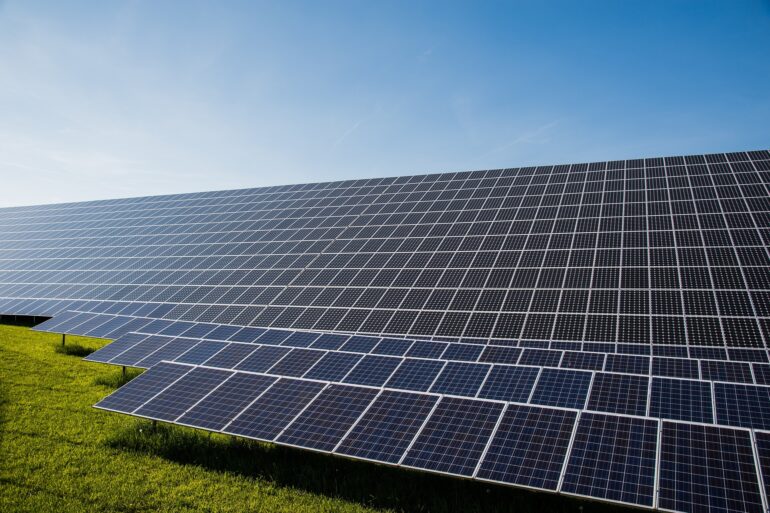Solar Energy vs. Fossil Fuels: Which is the Better Choice for a Sustainable Future?
The world is currently facing a critical juncture in terms of energy usage. While fossil fuels have been the dominant source of energy for centuries, the increasing demand for energy and concerns about climate change have led to a search for alternative sources of energy. Solar energy has emerged as a viable option, but how does it compare to fossil fuels in terms of sustainability? In this article, we’ll explore the pros and cons of each energy source and argue why solar energy is the better choice for a sustainable future.
Fossil Fuels
In this section, we’ll discuss the pros and cons of fossil fuels. We’ll cover the benefits of fossil fuels, such as their abundance and low cost, as well as their negative impact on the environment, including air pollution and greenhouse gas emissions.
Solar Energy
In this section, we’ll delve into the pros and cons of solar energy. We’ll highlight the benefits of solar energy, such as its renewable nature and its lack of emissions, as well as the challenges associated with solar energy, such as its high upfront cost and intermittency.
Which is the Better Choice?
In this final section, we’ll weigh the pros and cons of each energy source and make the case for why solar energy is the better choice for a sustainable future. We’ll discuss how the decreasing cost of solar energy and the increasing efficiency of solar panels make it a more attractive option than ever before. We’ll also discuss how the use of solar energy can help reduce greenhouse gas emissions and mitigate the negative effects of climate change.
In conclusion, while fossil fuels have been the dominant source of energy for centuries, they are not sustainable in the long term. Solar energy, on the other hand, offers a renewable and clean alternative that can help us build a more sustainable future. While there are challenges associated with solar energy, such as its high upfront cost, the decreasing cost and increasing efficiency of solar panels make it an increasingly viable option. As we continue to search for ways to reduce our impact on the environment and mitigate the effects of climate change, solar energy is a key part of the solution.
Do you think that solar energy is the better choice for a sustainable future? Why or why not? tell us in comments !


